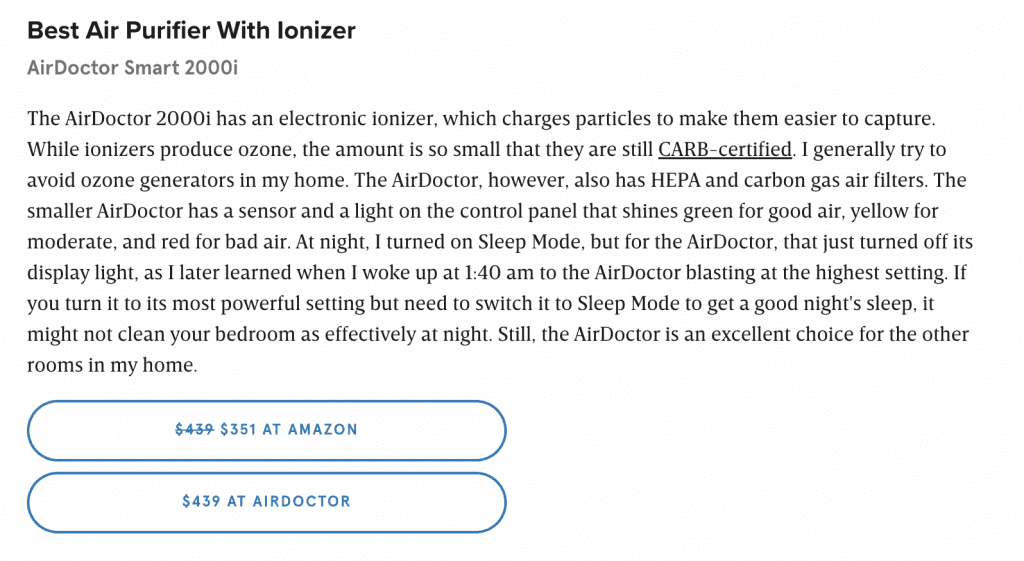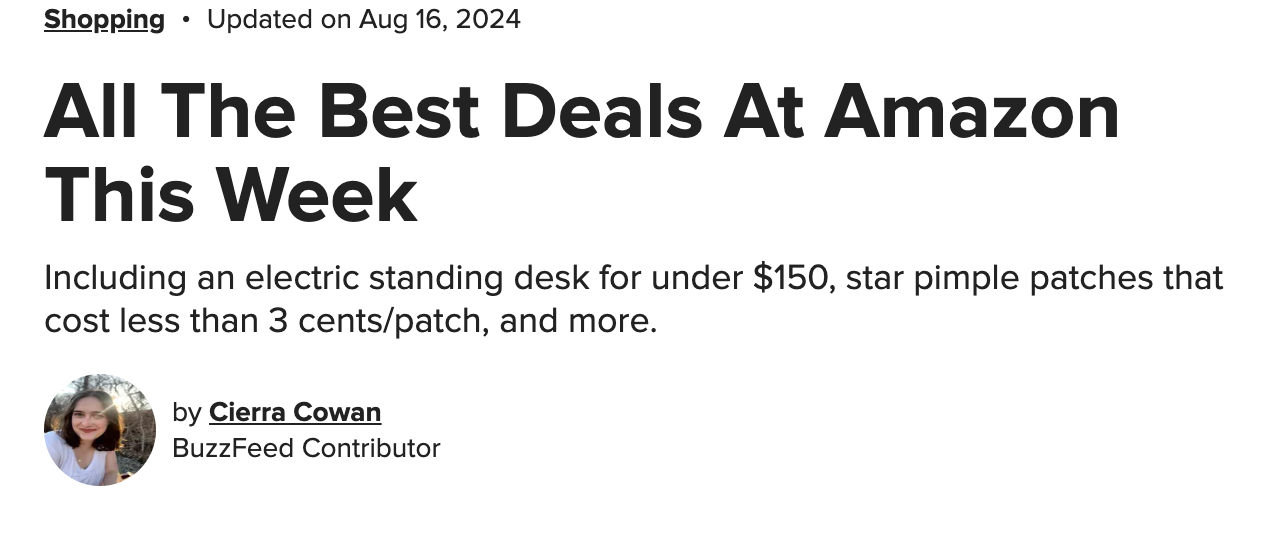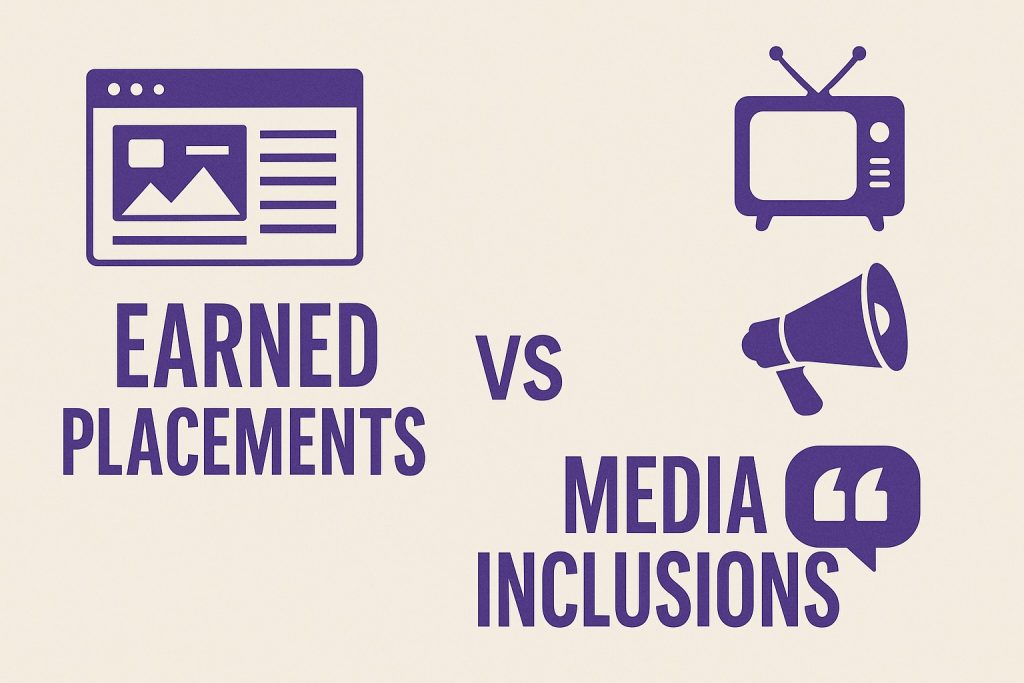Your company just launched the greatest consumer product known to mankind.
Now it’s time to build awareness around it to gain credibility with customers and boost sales.
Easy enough, right?
Not quite.
Commerce reporters and editors at major consumer lifestyle publications such as Us Weekly, People and GQ look for a few key elements when considering whether or not to review your product and/or include it in an upcoming story.
Below are 5 of the best PR tactics for landing placements in your dream consumer publications.
- Boast discounts whenever you can.
In this economy, saving money is everyone’s top priority when shopping for new items. Shoppers want to feel like they snagged a bargain, especially if they are attemping to justify purchases of non-essentials.
One easy way to get your product included in a gift guide, listicle or roundup is to promote it when it’s on sale using language such as “lowest prices ever.” However, make sure that the discounts are actually big enough to warrant coverage. Cierra Cowan, a contributor at BuzzFeed, once said that the outlet has an unspoken rule of only including items that are at least 20% off, especially during major sale events such as Prime Day and Black Friday.
- Leverage affiliate links to give reporters an incentive.
When reporters write about a certain product, they will include a URL that links to said product, so interested readers can make purchases immediately after seeing something they like.
However, these aren’t just any old URLs. These affiliate links keep track of which reporters are using them, and each purchase made directly through the links will generate a small commission for the reporter, giving them an incentive to feature some products over others when deciding which ones make the cut.
If possible, create affiliate links that give permanent discounts, and promote your company’s affiliate program to welcome any media who may want to join. This move sets both you and the media up for success when it comes to future collaborations.
- Have samples ready to ship at any given time.
Before buying a car, you likely want to test drive it first.
The same concept applies to reporters selecting products to recommend to their readers.
If you want top-tier coverage, get ready to send free samples of your products to media who are interested in testing them for editorial consideration. While you are never guaranteed a feature, you have a much higher chance of landing a placement either now or in the future if the reporter has tried the product for themselves and had a positive experience.
Testing products before writing reviews or giving recommendations makes their perspective authentic and enhances their credibility with their audience. That also benefits your company because reporters’ audiences are also your target customers.
Furthermore, if the reporter likes your product, they may be more enthusiastic about testing and featuring any future products your company launches, building a long-lasting relationship based on trust and genuine interest.
This is what happened when Lisa Shapiro at WIRED tested the AirDoctor 2000i and ended up including it on her roundup of best air purifiers. She then tested and included the AirDoctor 5500i for the same roundup, garnering the company two pieces of coverage in a single article.

- Sell your products where your customers shop.
Amazon dominates 37.6% of the American e-commerce market, meaning that if you don’t sell on Amazon, you’re losing out on potential customers.
Letting reporters know that your product is available at major retailers such as Amazon, Target or Walmart gets you major brownie points when it comes to product selection for gift guides. Why? A lot of big sale events (Prime Day, for example) are retailer-specific, and you want to take advantage of that to reach as many customers as possible.
- Product price point determines the type of audience you can reach.
Sometimes, knowing your audience is about matching your product to their lifestyle and not just stating who you’d like to target.
For example, if your product is over $500, your target audience should not be the average college student or teenager, since both of those groups most likely have limited spending power compared to adults in their 30s and beyond.
Besides age, knowing your target demographic’s priorities and lifestyles will help you focus on and land in the publications that cater to them. Pitch luxury items to media outlets read by style-conscious individuals with cash to spare, such as Harper’s Bazaar, Vogue and Haute Living. Meanwhile, products that are accessible to the majority population are best suited for a younger, hip crowd, such as consumers of E! Online, Mashable and mindbodygreen.
If you have any other questions about getting the right eyes on your new consumer product, Bospar can help!




